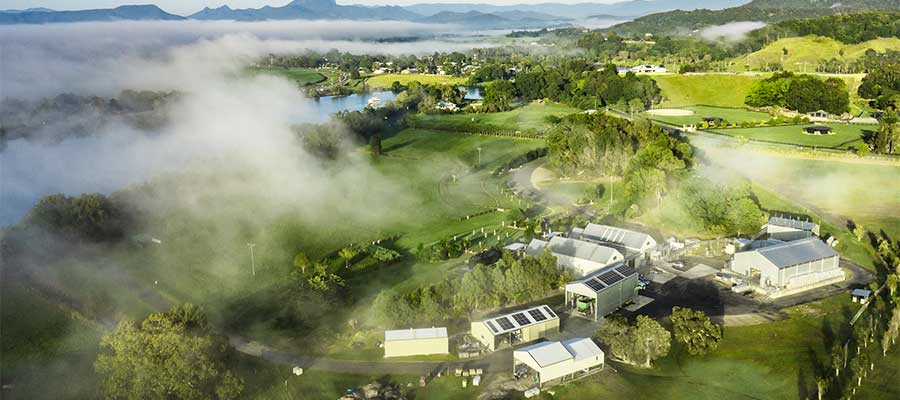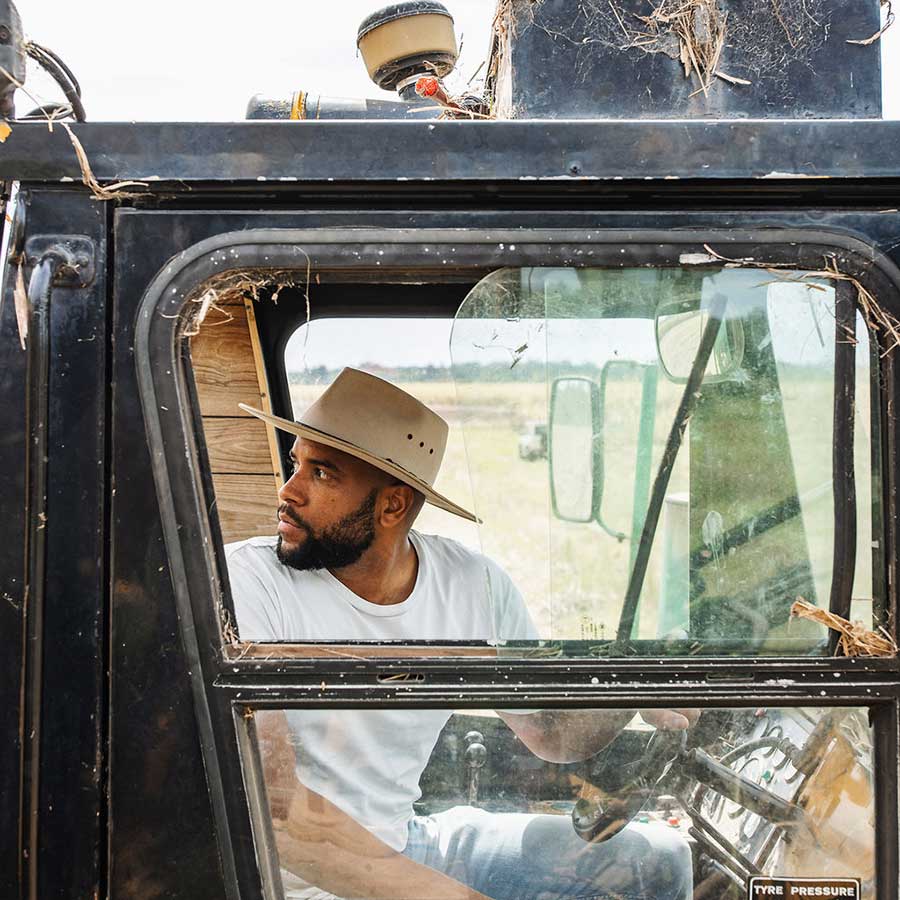The former manager of the Beenleigh distillery gives us an overview of the history of Canadian rum, its characteristics and production methods. We also take a look at his current project: Sydney Rum Distillery.
By Fabien Humbert, with Steven Magarry

Australia’s rum industry dates back to the 1860s, as we explored back in November 2021. An agricultural mainstay of the Australian economy, stretching along some 2,200 km of tropical coastline, few people realise the scale of this €1.2 billion sugar industry.
For any nomad or traveller who has explored Australia’s east coast, this stretch of tropical coastline stretches from Cairns in the north to Byron Bay in the south. There are 21 sugar factories spread across Australia’s vast east coast, three of which have closed in the last five years as world sugar prices wreaked havoc on an industry that had enjoyed over 150 years of productivity.
Between 32 and 35 million tonnes of sugar cane are harvested each year, with the largest factory crushing around 3.75 million tonnes per season. The world’s second largest exporter of bulk sugar, the country exports around 85% of its production worldwide, with the main markets being Korea, Japan and Indonesia.
It is a relatively unknown fact in the global rum industry that the Australian sugar industry produces around 1,000,000 tonnes of C molasses per season from 7 to 8 commercial varieties of sugar cane. To put this in context, the Australian sugar cane industry is more than ten times the size of Martinique, Guadeloupe and Réunion combined.
However, it is interesting to note that rum and ethanol beverage production is not a priority in Australia, compared to each of the overseas departments (DOM), which all produce greater volumes than Australia.
99% molasses rum
As a result, an abundance of raw materials are grown in Australia, and it is only in circumstances of extreme drought that molasses can be imported.
Taking all Australian producers together, a comparison with Reunion Island can offer the reader a comparative example with rum production based on molasses of around 99% and cane juice of around 1%.
Many artisan producers focus on the production of single estate sugar cane varieties or a hybrid approach to sugar cane and molasses production. Husk Distillers, located in northern New South Wales, is a notable established producer that focuses primarily on “Australian grown rum” and educates the Australian rum consumer on the nuances of cane juice based rums versus molasses or syrup based rums.
Innovative small producers
Now, for an alternative molasses-based fermentation and for rum lovers, our attention turns to a small, innovative producer based in metropolitan Melbourne.
Killik Handcrafted Rums produces a unique high ester flavour profile and has recently found success with a growing list of independent bottlers in the European and American markets. An aroma and flavour profile that may not be appreciated by the Australian rum consumer is sure to find fans who seek esters, dazzling congener profiles and push daiquiris beyond their limits.
The majority of artisanal producers produce rum in stills with a capacity of up to 6,000 litres, in a wide range of vat styles, including double casks.

Minimum two years
The biggest producers are Beenleigh and Bundaberg. Australian rum has an age statement of at least two years on wood, and this regulation was enacted over a century ago, in 1906, essentially as a protectionist measure against what were seen as inferior and cheap imports – Verschnitt from Germany.
It’s fascinating to understand that Jamaican rum brands Trelawny Parish (Hampden Estate and Vale Royal) led Australia to introduce a two-year minimum age statement.
In addition, the two-year age requirement has an impact on imports and brand distributors, as the term “rum” can only be applied to products that have aged satisfactorily, otherwise the term “cane spirit” should be used.
These regulatory difficulties mean that international brands have to re-label or commit to separate labelling and product description requirements in the Australian market.
For example, white rum products in Australia are generally bleached and aged for two years, which is similar to the requirements of Cuba’s DOP. If this is not the case, they are labelled ‘cane spirit’ or, more creatively, ‘white, silver…’.
The Beenleigh example
While Diageo-owned Bundaberg maintains an aggressive market presence and has dominated Australian consumer demand for 140 years, it was Beenleigh that sparked global demand for Australian rum by showing what was possible.
World rum icon Luca Gargano said Beenleigh was a ‘diamond in the rough’, an iconic production distillery with a history dating back to 1884 and a recent exploration with multiple independent bottlers in Europe, the UK, the US, Japan and Taiwanese markets.
At the larger rum producers, including Bundaberg, Beenleigh and the now defunct CSR Pyrmont distillery in Sydney, which hosted Inner Circle from 1968 to 1986, the general production process is similar to that of American whiskey: column distillation and double stilling.
Column distillation offers efficiency and higher volumes with the adjacent pot still process to balance flavour and congener profile. Large pine and American oak maturation tanks are also widely used to meet the requirements of the two-year age statement.
Smaller formats of ex-bourbon oak, ex-wine or ex-port or sherry casks have only evolved more recently, and this has certainly been appreciated by the small artisan producers who rely heavily on these alternative maturing influences.
Sydney Rum Distillery
Sydney Rum Distillery, run by… me after also moving to Beenleigh Distillery, is a newcomer to the industry and has also played a key role in the recent rise of Australian rum in our markets. Recently, the organisation secured an existing production facility with a capacity of 3 million litres of pure alcohol (LPA) per annum, with several continuous and batch columns.
Located in the Upper Hunter Valley, close to the Semillon and Chardonnay vineyards, this iconic building was constructed between 1945 and 1953 to house a regional dairy cooperative and is protected as a local regional heritage site. Production is currently scheduled to begin in mid-2025.
The installation of two stills is confirmed, including a 6,000-litre double retort still and a 7,000-litre John Dore & Co 100% copper still dating from 1973, which is currently being renovated.
The aim is to firmly position itself as the second largest rum producer in Australia and the South Pacific region, with a focus on exporting worldwide through bulk, independent bottlers and their own portfolio of brands.
